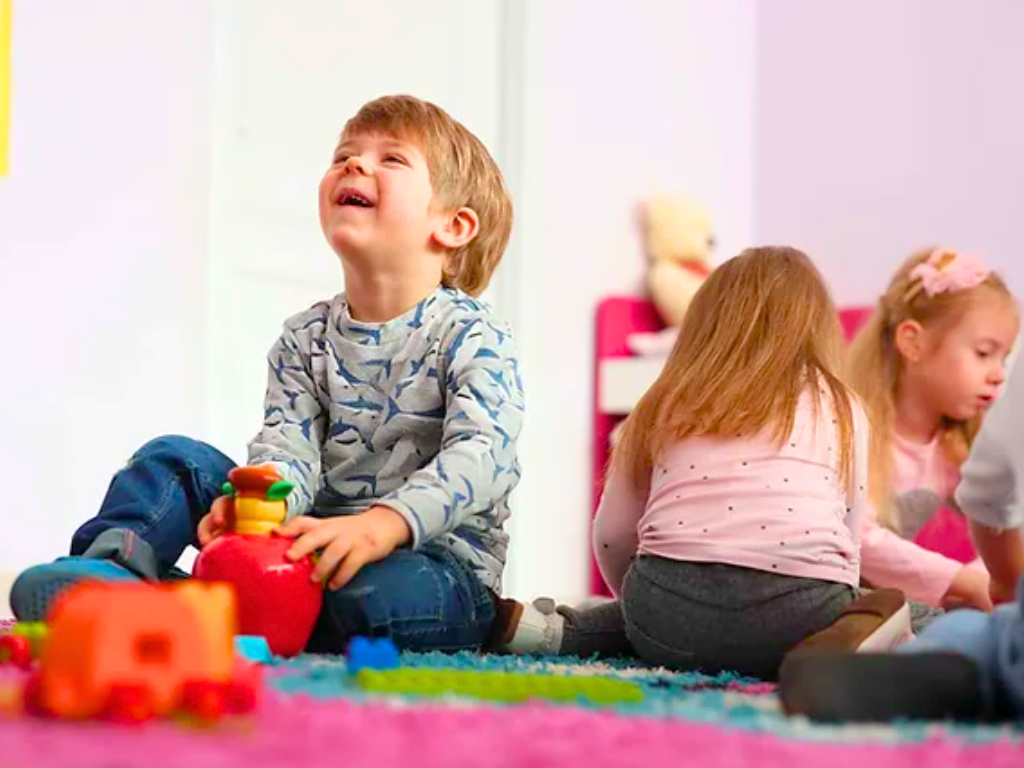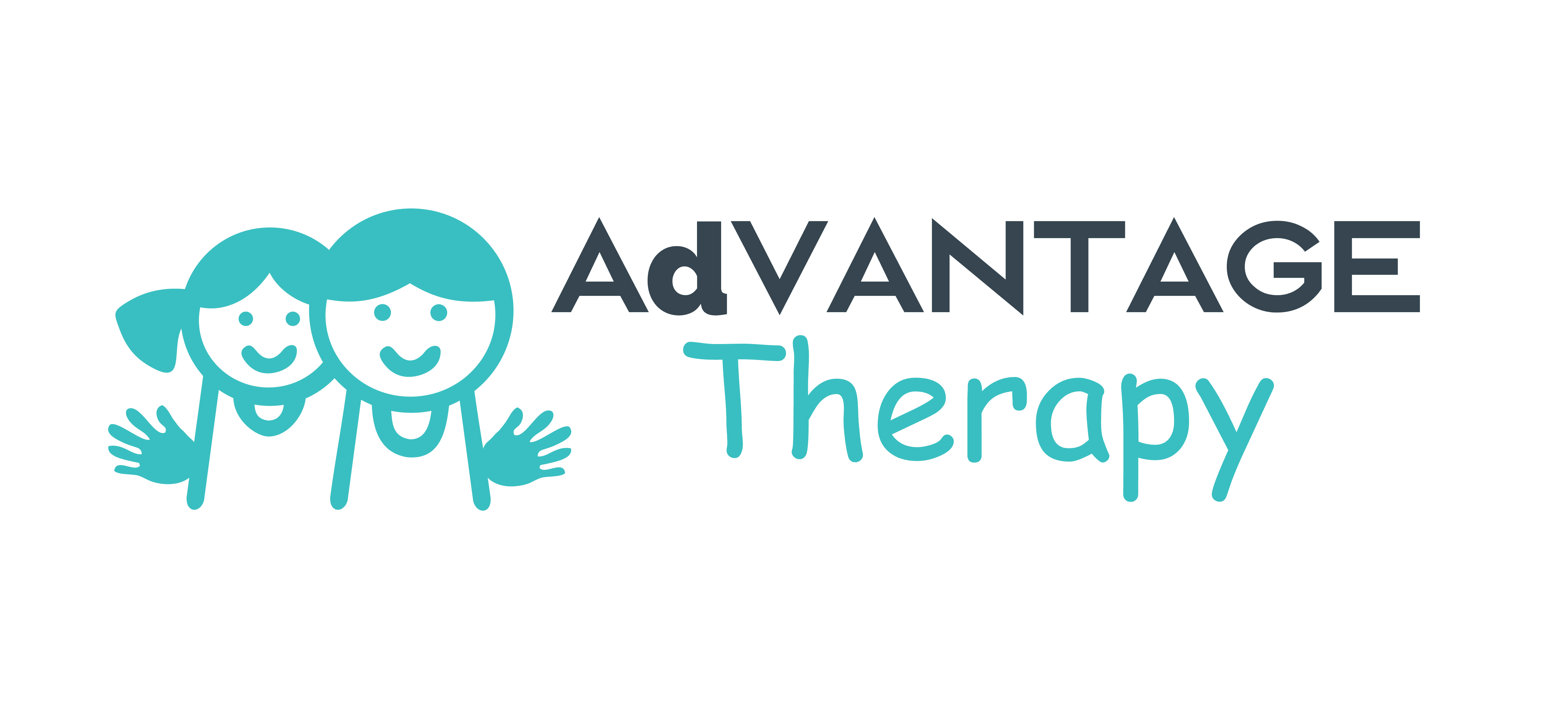First of all, it is important to understand that speech therapy is aimed at helping children who struggle with various communication issues. These issues can range from simple speech delays to more complex disorders like stuttering, apraxia, or language disorders. Early intervention is crucial, as the earlier the therapy begins, the more effective it can be. However…
The ideal time to start speech therapy varies based on a child’s individual development. Pay close attention to your child’s developmental progress, and it will guide you in ensuring timely interventions. Let’s discuss in detail, finding when to start speech therapy and why.

Key Indicators for Starting Speech Therapy
There are several signs that help parents grasp that their child needs speech therapy. Watch out for the following key indicators that make it easier to understand when to start speech therapy:
Age-Appropriate Speech Milestones
Children typically reach certain speech and language milestones at specific ages. Failing to meet the following milestones can indicate a need for speech therapy:
- If the child is 12 months old, then he should start using simple words like “mama” or “dada” and respond to their names and other familiar words.
- Toddlers, such as 2-year-olds, should be combining two words together, like “more milk,” and be understood by family members most of the time.
- Children aged 3 and above should be using sentences of three to four words and be understood by strangers about 75% of the time.
You should be aware of the child’s progress compared to peers, social reactions, and any signs of withdrawal due to communication difficulties. If you find delays in developmental progress, try to engage your child in activities that promote speech development, such as reading and singing. It’s important to create a supportive and pressure-free environment for the child to express themselves comfortably, so don’t forget to get help from speech therapists.
Difficulty in Understanding or Following Directions
Difficulty in understanding or following directions is a significant aspect of a child’s communication and cognitive development. This ability is essential, as it relates not only to language comprehension but also to following routines and participating in daily activities. Speech therapy becomes essential when:
- Younger children (2-3 years) struggle to follow simple two-step instructions like “Pick up your toy and put it in the box.”
- Older children have trouble understanding more complex instructions in daily activities or at school.
These challenges can impact your child’s learning, social interactions, and overall daily functioning. If you notice persistent issues, it’s advisable to consult with a pediatrician or a speech-language therapist for an assessment.
Frustration While Communicating
If you notice your child is frustrated while attempting to have a conversation, then know that it is a common sign that a child is struggling due to speech or language issues. Examples are:
- Verbal outbursts, such as becoming upset or angry when unable to express themselves.
- Non-verbal signs, like showing signs of distress by crying or withdrawing when they can’t communicate their needs or thoughts.
If that’s the case, then it is crucial to provide a supportive and understanding environment, acknowledging your child’s efforts and reducing the pressure to communicate perfectly. Also, make sure to consult a speech therapy specialist for a professional assessment, as they can help identify specific communication challenges and offer strategies to improve your child’s speech and language skills.

Unclear Speech or Pronunciation Issues
Clarity of speech and correct pronunciation are crucial for a child’s effective communication. When a child consistently mispronounces words or sounds, as highlighted below, it may indicate a need for speech therapy:
- Pronunciation mistakes, such as consistently mispronouncing words or sounds (like saying “wabbit” instead of “rabbit”).
- Being Unintelligible, such as if the people outside the immediate family circle struggle to understand the child.
You should observe your child’s speech, comparing it with peers of the same age. If there are concerns, make sure to seek help from a speech-language pathologist. This is because early intervention through speech therapy can greatly enhance your child’s communication skills and confidence in various settings.
Stuttering or Fluency Issues
Stuttering or fluency issues in children’s speech are significant concerns that can greatly impact their ability to communicate effectively. These issues, as mentioned here, are characterized by specific patterns of speech disruption:
- Repetition of sounds or words like “b-b-b-ball” for “ball.”
- Prolonging sounds in a word, such as “ssssun.”
- Speech blocks, such as pauses or inability to produce a sound.
Such moments of disrupted speech can be frustrating and challenging for the child, often leading to anxiety or self-consciousness about speaking. If these concerns persist, consult a speech therapist for a professional assessment right away.
Final Words
Now if you’re still wondering when to start speech therapy for kids, the key is to act early if you notice any speech or language development issues. Look for signs like difficulty in reaching age-appropriate speech milestones, struggles with understanding or following directions, frustration while communicating, unclear speech or pronunciation issues, and stuttering or fluency problems.
Remember, the earlier speech therapy starts, the better it is for your child. A speech therapist will assess your child’s specific speech and language challenges and create a tailored treatment plan. They use engaging activities to improve skills like articulation and comprehension. Importantly, they’ll equip you with practical strategies and exercises to continue supporting your child’s progress at home. This collaborative approach ensures consistent improvement and fosters long-term development in your child’s communication abilities.





